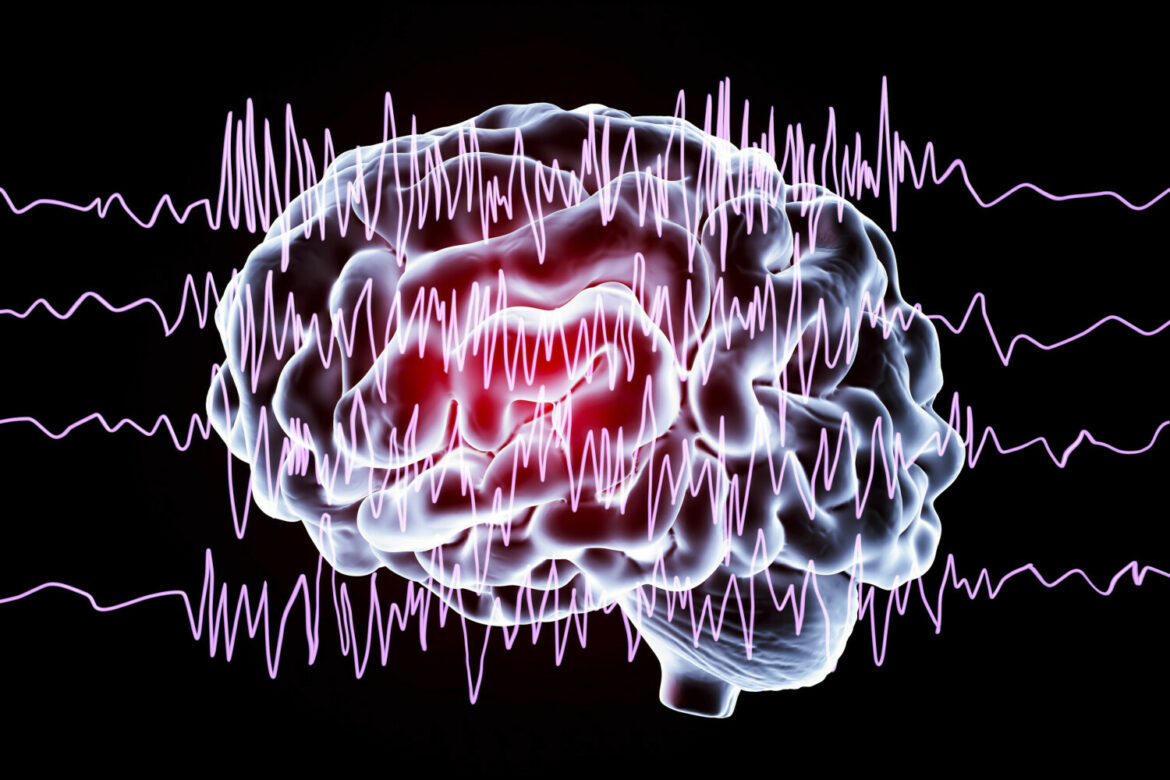Scientists from the Faculty of Physics at the University of Warsaw (UW) and the Istituto Neurologico Carlo Besta in Milan have determined that epileptic attacks can begin with discharges of inhibitory neurons in the brain and changes in ion concentrations in the environment around the neurons. This mechanism, observed experimentally in an animal model of the guinea pig brain, was confirmed in a computer model of nerve cells that the Polish physicists designed.
Epilepsy is one of the most common neurological diseases. Commercially available drugs control epilepsy attacks, but in some patients – they do not work.
“According to our research, an epileptic attack is a physiological process caused by destabilisation of potassium levels in the brain. This points to targets for new therapeutic strategies”, explains Dr Piotr Suffczynski, Professor at the UW.
Using experimental data, researchers from the UW’s Department of Physics have constructed the first complete computer model simulating the mechanism of an epileptic attack.
“Our biophysically realistic computational model, consists of 5 cells: 1 inhibitory and 4 excitatory, from glial cells and the neuronal environment in which ion movement occurs. Using this model, we were the first to show the potential mechanism of attack initiation by inhibitory neurons through the initial accumulation of extracellular potassium”, explains Prof Suffczynski. The model also shows how the mechanism that contributes to seizure cessation works. Sodium-potassium imbalance leads to increased sodium-potassium pump activity.
The pump transfers two potassium ions into the cell and three sodium ions out of the cell in each pump cycle. This process removes one positive ion per cycle from the cell and leads to a decrease in the electrical potential of the cell. The increased pump rate causes a significant negative shift in the cell membrane potential and leads to arrest the attack.
Adrian Andrzejewski





